Azul Queen's Garden review: a mechanics and strategy master
T3's official Azul Queen's Garden review is here
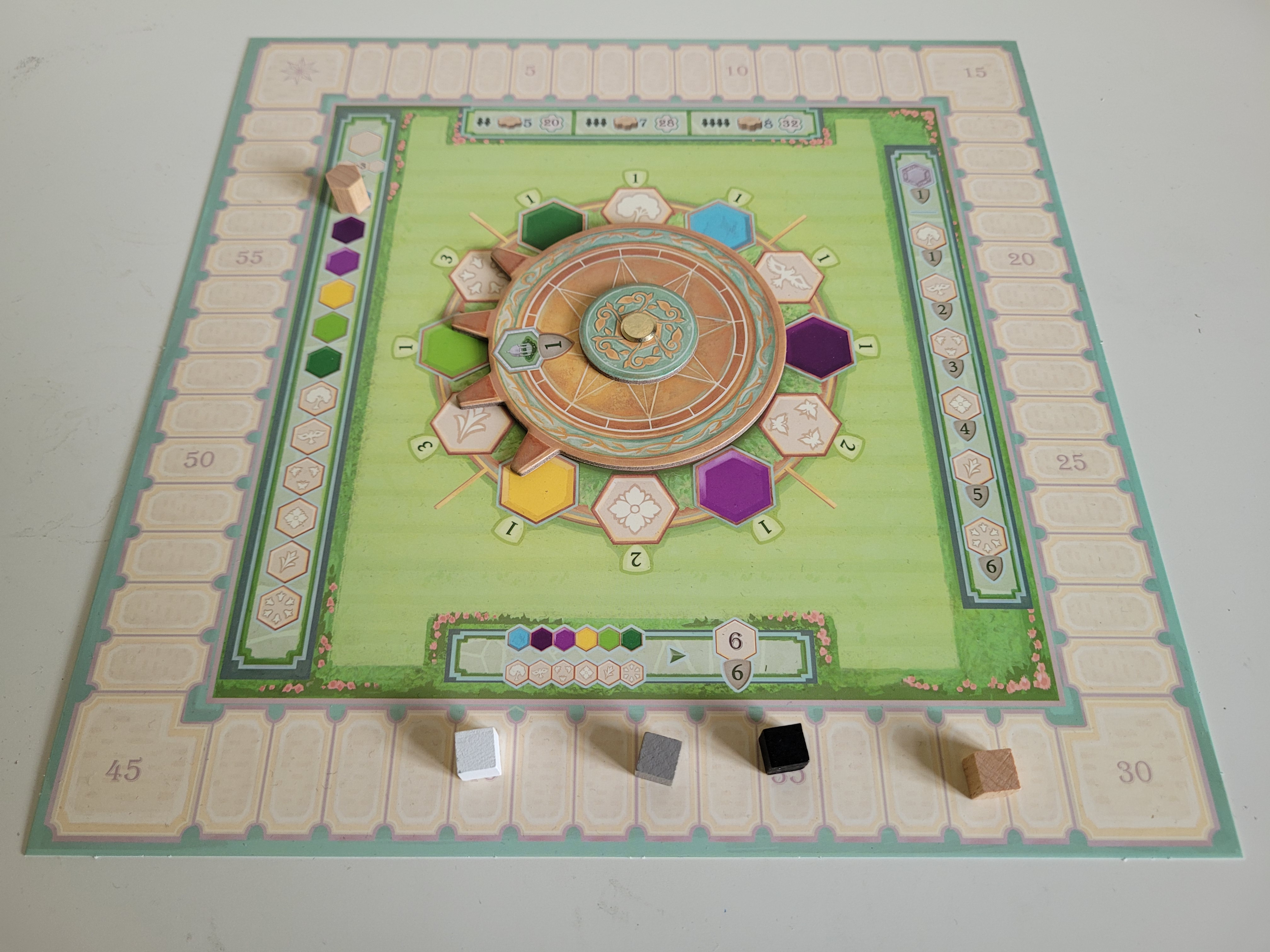
Azul: Queen’s Garden feels like a franchise culmination, drawing together the best bits from previous titles into one super game. It doesn't quite succeed but is still a really enjoyable and deep board game that many players will get hours and hours of entertainment out of.
-
+
Lots of strategy to explore in a great-looking package
-
+
Variety of mechanics that mesh into a coherent whole
-
+
Feels like an evolution of previous Azul titles
-
-
Very little player interaction
-
-
Other games in the Azul series are more accessible
Why you can trust T3

The original Azul, published in 2017, graces our list of the best board games for good reason. It’s lovely to look at, easy to learn, and challenging to play. In fact, it’s so popular that it’s spawned a number of sequels from the same designer. The latest iteration on this theme is Azul: Queen’s Garden which has players as garden designers for the royal palace of Portugal. Like all the other games in the franchise, it’s an abstract, despite the historical trappings.
Most of the intervening games have tried to dial up the depth of strategy from the original without a significant increase in the complexity and Azul: Queen’s Garden is no exception. As well as arranging tiles in scoring patterns, players now have to pick up additional board pieces to extend their tile-laying area and balance a simple economy in order to get ahead.
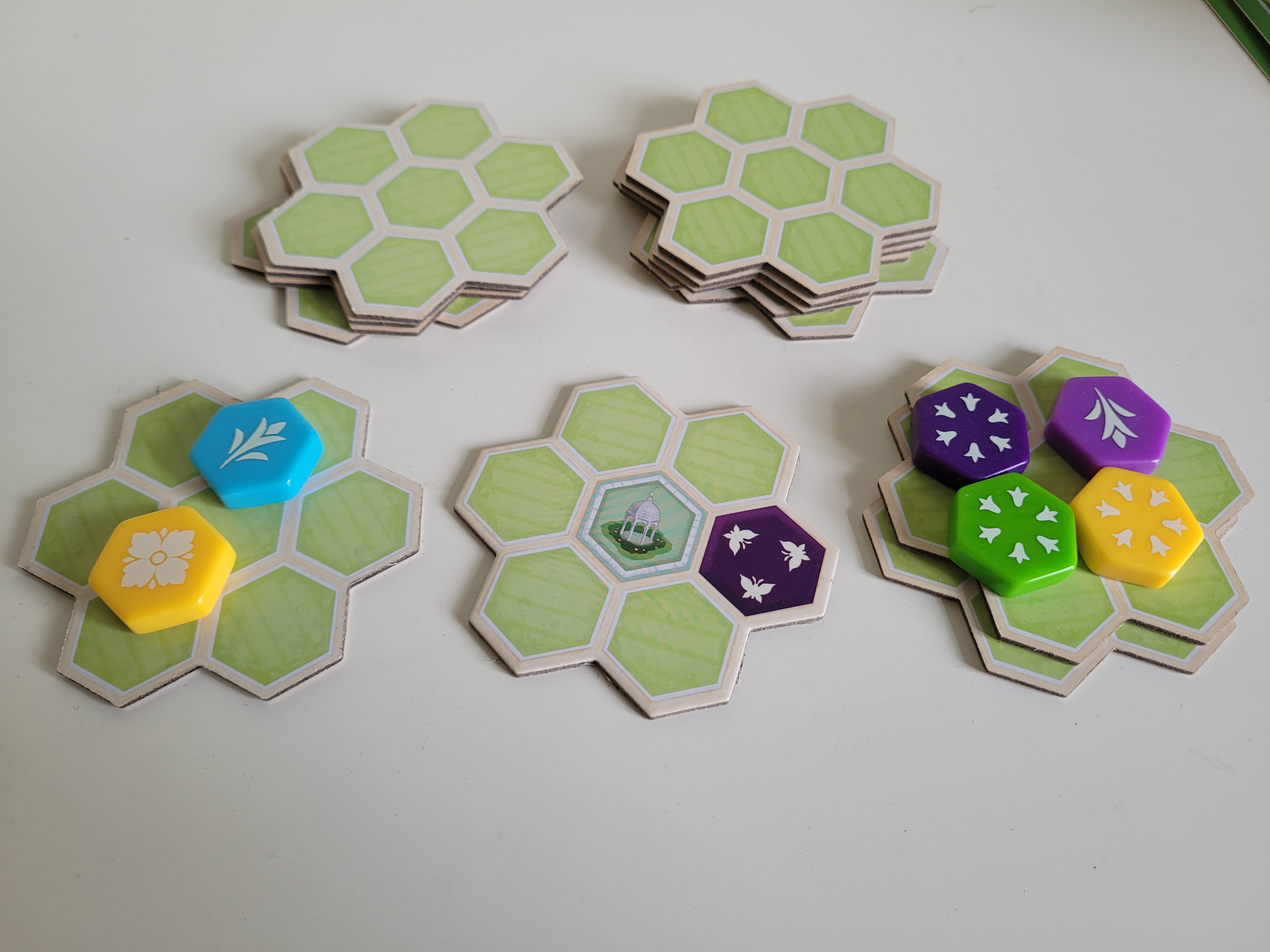
Azul Queen’s Garden review: price and who it's for
As a visually attractive, mid-priced board game you should be able to pick up a copy of Azul: Queen’s Garden for around £35/$45. It swaps out the square, engraved tiles of the original for slightly less appealing printed hexagonal ones. But it’s still a pleasure to rummage around the chunky plastic in the supplied draw bag, and the round tracker with its swivelling scoring dial is a lovely piece of visual design. The choice of using two different purples and greens in the colour mix is odd, however, as they’re hard to distinguish and can be confusing in play.
One of the best things about the original game was its wide appeal, being simple to teach and offering strategy anyone could get their teeth into with a bit of player interaction, too. This new version is slightly more complex with a few rules niggles that may take some explaining. It’s also quite a lot tougher to play well and is likely to offer a significant challenge to your grey matter. As such, it’s not so well suited to family play and is more aimed at adults who are willing to spend time exploring its strategic depths.
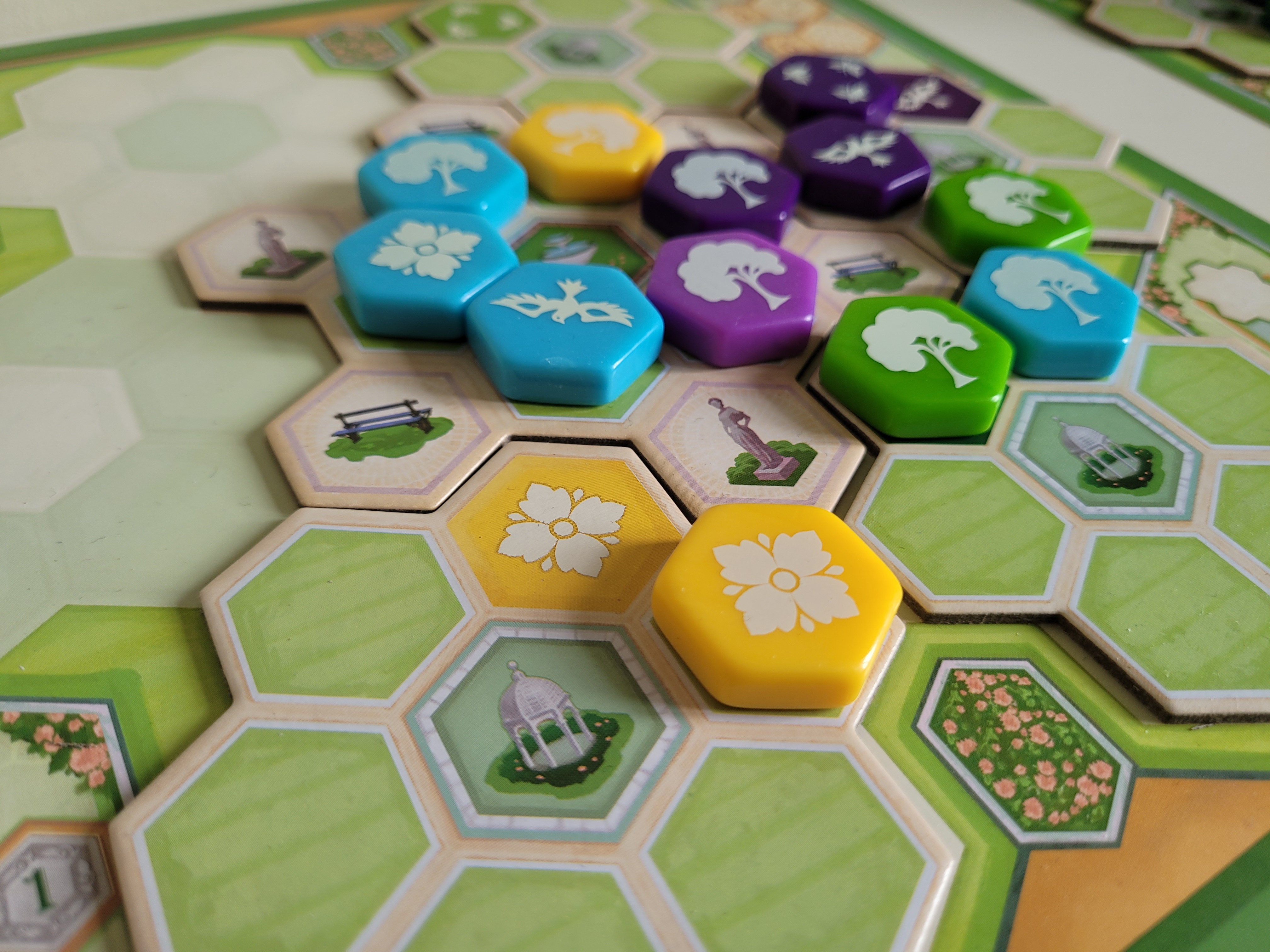
Azul Queen’s Garden review: how it plays
Like all the Azul games, Queen’s Garden is based around drafting. At the start of each of its four rounds, you’ll make a stack of five face-down garden tiles and decorate it with four plastic hexagons drawn at random from a bag. These hexes come in six different colours and are printed with one of six different designs. Garden tiles, when they’re flipped face-up, also have a similar icon on them. On your turn, you can either take all the matching items for a particular colour, a particular icon or pass.
Claimed hexagons and garden tiles go in your storage area: you can only have twelve of the former and two of the latter. To get them out of storage and into the garden you’re trying to build you have to pay with other hexes, and the more points on the design the more you have to pay, up to five total. You can only pay using hexes of the same colour or design as the item you want to place, although you start with three very useful jokers which serve as wildcards.
So before you can even start to think about getting pieces onto your garden, you have to plan ahead and ensure you can actually place the tiles you need. But wait: before you can even do that you have to ensure there’s room for them in your storage! Choosing which pieces to draft on your turn can thus become a snake pit where you might want a particular item from those on offer, but end up passing because you don’t want other matching colours or symbols clogging up your store.
Your aim in putting down hexes on your board is to arrange them in groups of matching colours or patterns. At the end of the game, hexes that cost more to put on the board are worth more points, so long as they’re in a matching group of three or more. But at the end of each of the game’s four rounds, you’ll also score a smattering of points based on colours and patterns being scored that round.
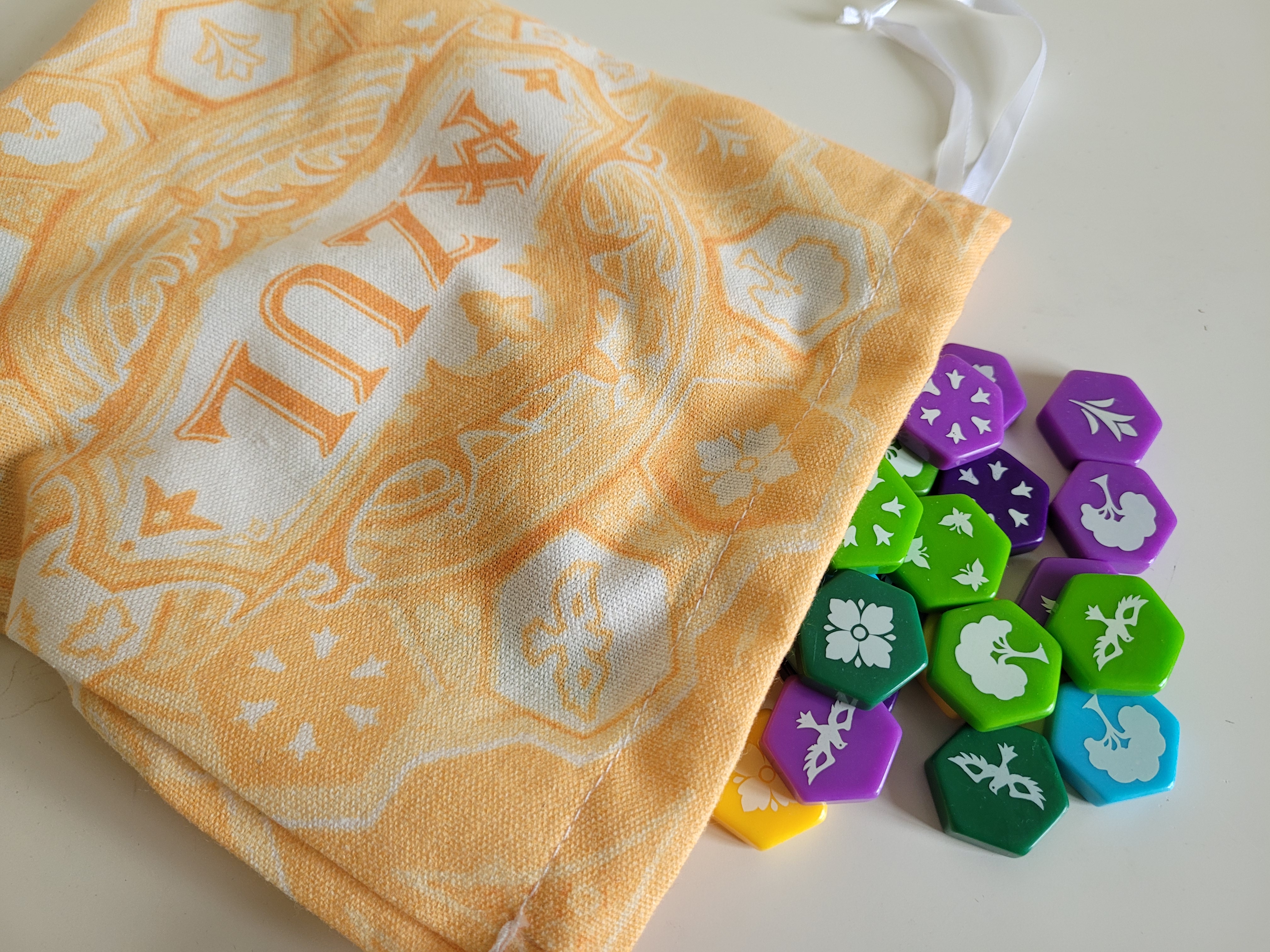
Even though the big points are up for grabs when the game is complete, your decisions need to take the round end scoring into account, too, as it can be decisive in a close game. You’ll also need to consider surrounding garden features on your board during hex placement, as that earns you invaluable jokers. And finally, you need to watch the garden tiles: you start out with limited space in your garden to place hexes, so you need the tiles to expand.
This juggling of both strategic and tactical aspects, alongside spatial play and pattern-building, is rich and engaging. There’s a lot to consider at every stage of the turn yet, as the game progresses, you won’t feel boxed in by your earlier decisions. Even the draft has interesting repercussions as garden tiles aren’t flipped face up until they’re clear of drafted hexes. So taking a hex you want might inadvertently create an opportunity for the following player.
Unfortunately that decision is about as close as Azul: Queen’s Garden comes to any kind of player interaction. The convoluted drafting adds strategy but it stops you plotting to grab drafts another player wanted, or even stick them with an undesirable draft like you could in the original. This is a rather more sedate and cerebral game with less immediate appeal, although it should see a return in long term replay value.
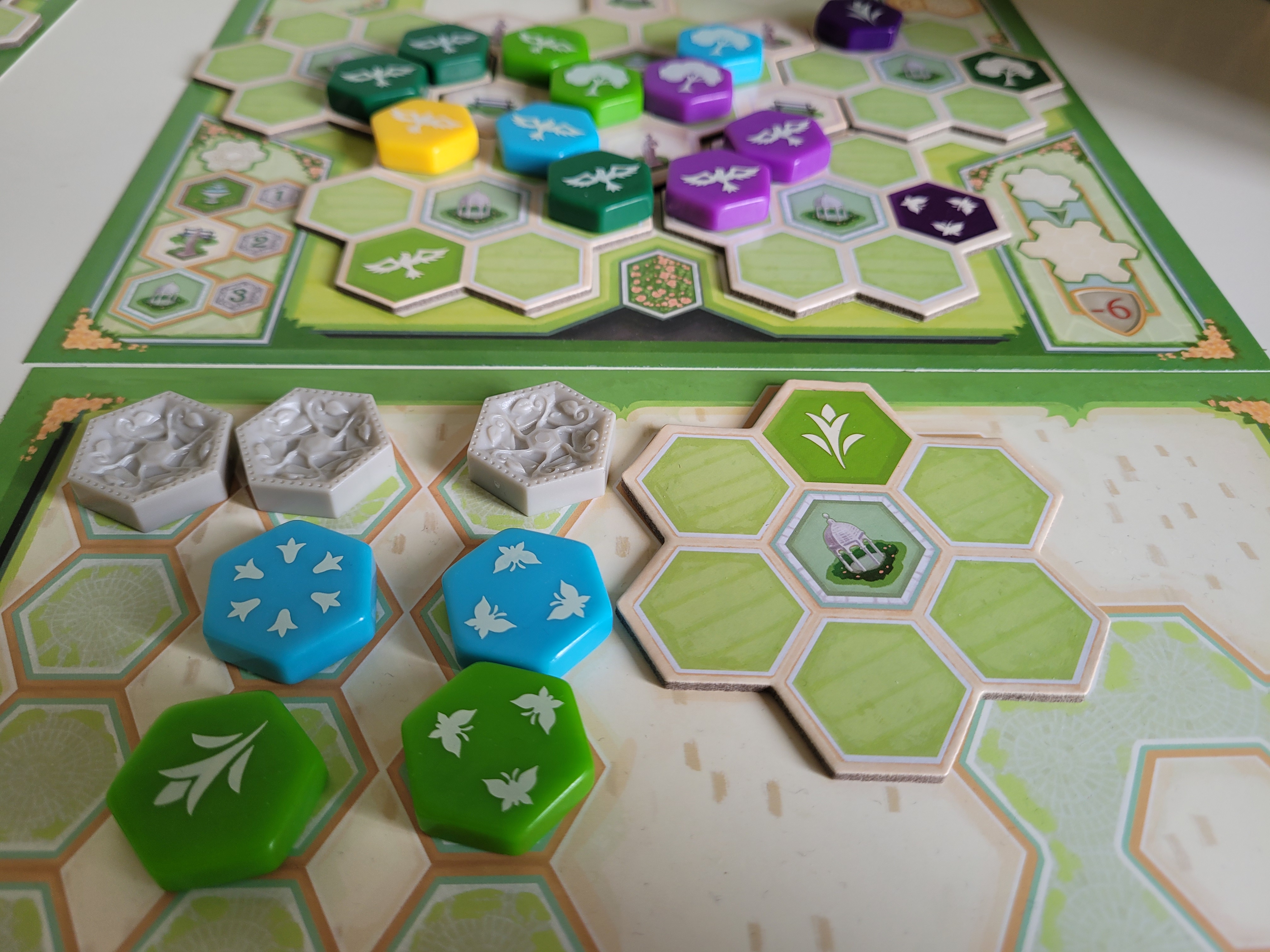
Azul Queen’s Garden review: verdict
Azul: Queen’s Garden feels like the culmination of the whole franchise, trying to cherry-pick the best bits into one ultimate game. As is often then case in these kinds of exercises, the result falls short in some areas, sacrificing the widely appealing, well balanced play experience of the original in favour of strategic depth. But if you want lots of quiet challenge from a good-looking abstract game, this has the makings of a modern classic.
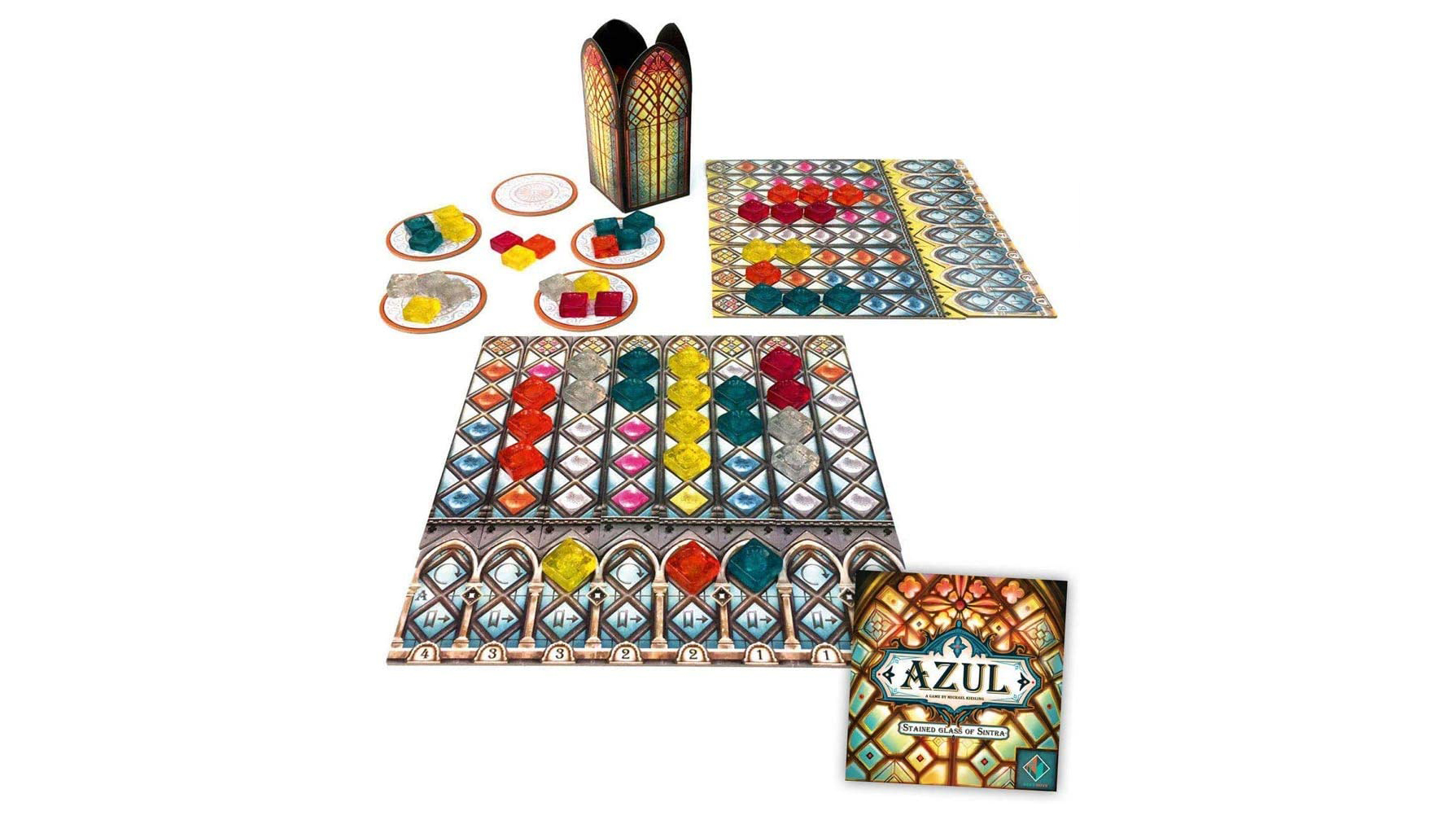
Azul Queen’s Garden review: also consider
We can’t really talk about this without reminding you that Azul: Queen’s Garden is part of a series, and the original Azul, or it’s sequels Azul: Stained Glass of Sintra and Azul: Summer Pavillion remain worthwhile. They’re all simpler to learn and a bit less demanding than Queen’s Garden and the first game incorporates a fun mean streak too.
If you’d like a similar game but with a bit more theme, check out the excellent Cascadia which has been nominated this year for tabletop gaming’s biggest prize, the Spiel des Jahres. It also has you making patterns but this time you’re trying to build an ecosystem by picking pairs of animals and habitat hexes. A variety of scoring conditions and a solo campaign give it lots of long term appeal.
Sign up to the T3 newsletter for smarter living straight to your inbox
Get all the latest news, reviews, deals and buying guides on gorgeous tech, home and active products from the T3 experts
Matt has been writing about and reviewing tabletop games professionally for over a decade and playing them since he could talk. He's also the author and co-author of three books on the subject. He writes about video games, too, and his other hobbies include hiking and cooking.
-
 Warning: Ciele’s refreshed Elite Collection may cause excessive garment envy on race day
Warning: Ciele’s refreshed Elite Collection may cause excessive garment envy on race dayFlex on your run crew with Ciele’s latest drop
By Matt Kollat Published
-
 Smeg adds a touch of navy sophistication to its iconic breakfast set
Smeg adds a touch of navy sophistication to its iconic breakfast setIt's a minimalist's dream
By Lizzie Wilmot Published
-
 My most anticipated Netflix movie of the year gets a wild new trailer
My most anticipated Netflix movie of the year gets a wild new trailerHavoc looks pretty unbelievable
By Max Freeman-Mills Published